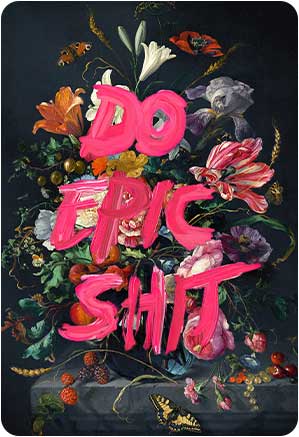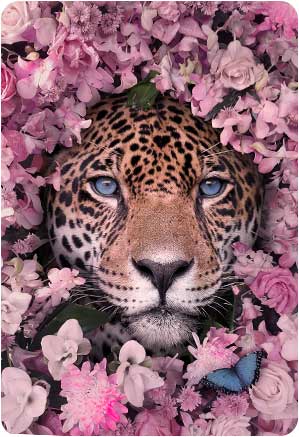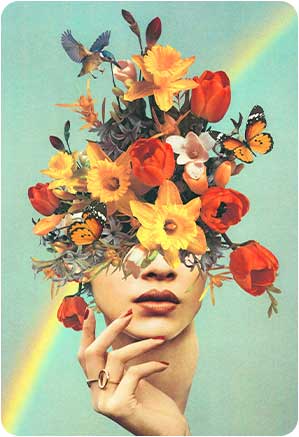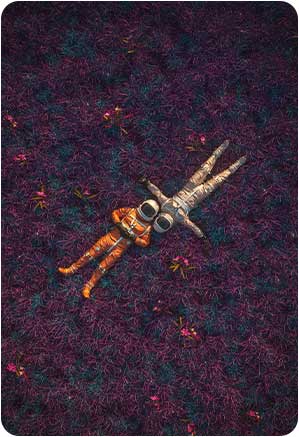Memento Mori – The 5 Coolest Artworks of Dying
Death is one of the few things that we as humans can count on in life, and death is a reality that we all face. Still, how we acknowledge this fact differs from person to person. And as it appears, it can actually be a quite beautiful thing.  5: Antonio de Pereda - The Gentleman's Dream, 1650s
5: Antonio de Pereda - The Gentleman's Dream, 1650s
Back in the days, the notion and practice of thinking on the fleeting nature of earthly life was known as "Memento Mori": a Latin word that means "remember that you must die." 
4: Vincent van Gogh - Skull with Burning Cigarette, 1885
This thought is a significant feature of ascetic practices, particularly Christianity, because it provides inspiration to turn one's attention away from earthly problems and desires and toward the prospect of the afterlife.
 3. Frans Hals - Young Man with a Skull, c.1626
3. Frans Hals - Young Man with a Skull, c.1626
Throughout history, artists have explored the subject of memento mori in a variety of ways, establishing a global language of rich visual symbolism.
Suddenly, we see “Memento Mori symbols”, “Memento Mori skulls”, “Memento Mori flowers" and candles as common features in this genre, to illustrate and celebrate the passage of time.  2: Vanitas still life (1668) by Maria van Oosterwijck;
2: Vanitas still life (1668) by Maria van Oosterwijck;
Vanitas paintings are a specific type of Memento Mori Art representing death and the impermanence of life through still-life paintings. These still-life paintings are usually composed of objects that are highly charged with symbolism, specifically with regard to death.
The most common objects painted by memento mori artists in Vanitas include skulls, timepieces such as clocks or hourglasses, wilting flowers, or rotting fruit. Many objects could be used to symbolically mark the passage of time and represent the temporary nature of life.
 1: Still Life with Dead Hare and Birds, Jan Fyt, 1640s
1: Still Life with Dead Hare and Birds, Jan Fyt, 1640s
In our list above you can see how artists have interpreted human mortality throughout history, and the final entry in our list is an example how the Memento Mori tradition continues to inspire contemporary artists today.
Nicebleed - Memento Mori (Buy it here)
Death is a common theme for many artists and something that everyone will one day have to experience, so it makes sense that the concept of morality is a theme that surpasses genre or style and can be discovered almost everywhere in art.











































